Thunk allows us to dispatch actions manually, which gives us the power to incorporate some logic or run some asynchronous code before dispatching an action.
First install Redux Thunk:
npm install redux-thunkThen update your store to include thunk to your middleware like so:
import thunk from "redux-thunk";
const middleWares = [
process.env.NODE_ENV !== "production" && logger,
thunk,
].filter(Boolean);If you have any logic or asynchronous code you are running in your component that you run before you dispatch , now you can add those to your action files instead. First you’ll need to modify your reducer with new action types to handle these states.
Open up your reducer file and add:
import CATEGORIES_ACTION_TYPES from "./categories.types";
export const CATEGORIES_INITIAL_STATE = {
categories: [],
isLoading: false,
error: null,
};
export const categoriesReducer = (
state = CATEGORIES_INITIAL_STATE,
action = {}
) => {
const { type, payload } = action;
switch (type) {
case CATEGORIES_ACTION_TYPES.FETCH_CATEGORIES_START:
return { ...state, isLoading: true };
case CATEGORIES_ACTION_TYPES.FETCH_CATEGORIES_SUCCESS:
return { ...state, categories: payload, isLoading: false };
case CATEGORIES_ACTION_TYPES.FETCH_CATEGORIES_FAILED:
return { ...state, error: payload, isLoading: false };
default:
return state;
}
};Earlier we only had one action type which was GET_CATEGORIES. We now can have three different actions: START, SUCCESS and FAILED. This is because we will now have asynchronous code inside our actions file which will allow us to know the order of our actions.
Update our actions file:
import CATEGORIES_ACTION_TYPES from "./categories.types";
import { createAction } from "../../utils/reducer/reducer.utils";
import { getCategoriesAndDocuments } from "../../utils/firebase/firebase.utils";
export const fetchCategoriesStart = () =>
createAction(CATEGORIES_ACTION_TYPES.FETCH_CATEGORIES_START);
export const fetchCategoriesSuccess = (categoriesArray) =>
createAction(
CATEGORIES_ACTION_TYPES.FETCH_CATEGORIES_SUCCESS,
categoriesArray
);
export const fetchCategoriesFailed = (error) =>
createAction(CATEGORIES_ACTION_TYPES.FETCH_CATEGORIES_FAILED, error);
export const fetchCategoriesAsync = () => async (dispatch) => {
dispatch(fetchCategoriesStart());
try {
const categoriesArray = await getCategoriesAndDocuments("categories");
dispatch(fetchCategoriesSuccess(categoriesArray));
} catch (error) {
dispatch(fetchCategoriesFailed(error));
}
};The functions fetchCategoriesStart, fetchCategoriesSuccess, fetchCategoriesFailed are like earlier actions without thunk installed. It was also why we could only have one action. The new function that has the logic and asynchronous code is called fetchCategoriesAsync (Thunk recommends to include the word Async in the name so we know that this function is in fact asynchronous). This new function includes all our actions (start, success and failed) depending on what’s pulled back from the data source.
Now you only need to dispatch fetchCategoriesAsync inside our component shop:
import { useEffect } from "react";
import { Routes, Route } from "react-router-dom";
import { useDispatch } from "react-redux";
import CategoriesPreview from "../categories-preview/categories-preview.component";
import Category from "../category/category.component";
import { fetchCategoriesAsync } from "../../store/categories/categories.action";
const Shop = () => {
const dispatch = useDispatch();
useEffect(() => {
dispatch(fetchCategoriesAsync());
}, []);
return (
<Routes>
<Route index element={<CategoriesPreview />}></Route>
<Route path=":category" element={<Category />}></Route>
</Routes>
);
};
export default Shop;
And finally you can update your GUI with a loading spinner when we are waiting for data inside the Category component:
import { useState, useEffect, Fragment } from "react";
import { useSelector } from "react-redux";
import { useParams } from "react-router-dom";
import ProductCard from "../../components/product-card/product-card.component";
import Spinner from "../../components/spinner/spinner.component";
import {
selectCategoriesIsLoading,
selectCategoriesMap,
} from "../../store/categories/categories.selector";
import { CategoryContainer, Title } from "./category.styles";
const Category = () => {
const { category } = useParams();
const categoriesMap = useSelector(selectCategoriesMap);
const isLoading = useSelector(selectCategoriesIsLoading);
const [products, setProducts] = useState(categoriesMap[category]);
useEffect(() => {
setProducts(categoriesMap[category]);
}, [category, categoriesMap]);
return (
<Fragment>
<Title>{category.toUpperCase()}</Title>
{isLoading ? (
<Spinner />
) : (
<CategoryContainer>
{products &&
products.map((product) => (
<ProductCard key={product.id} product={product} />
))}
</CategoryContainer>
)}
</Fragment>
);
};
export default Category;
